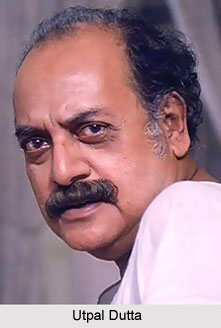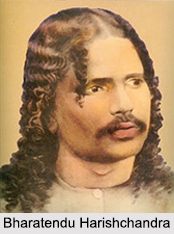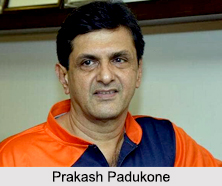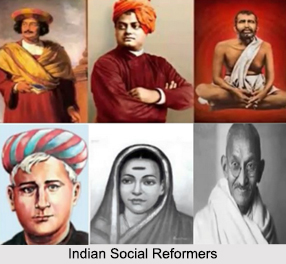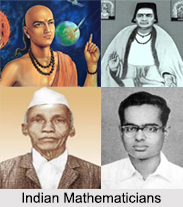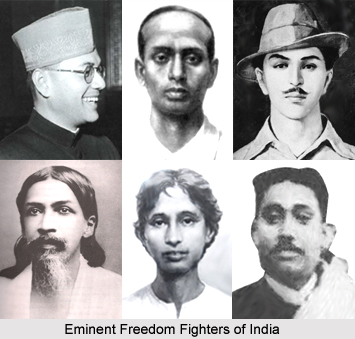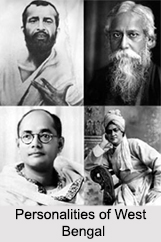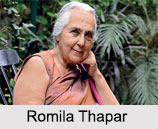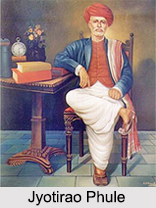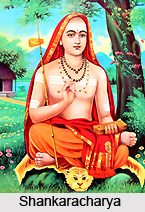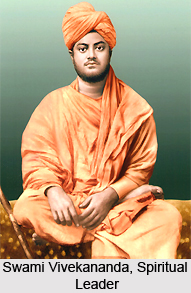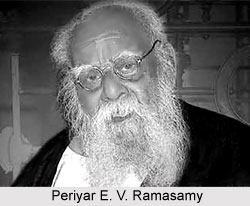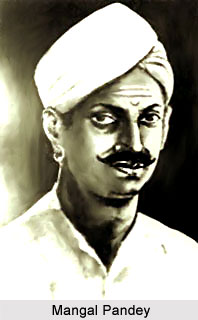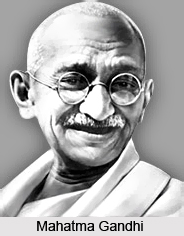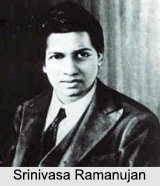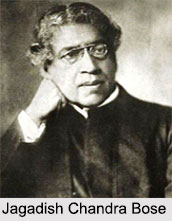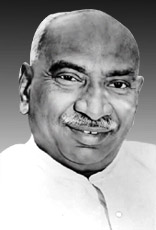 Kamraj was born on July 15, 1903 in Virudunagar into a business family. His father, Kumarswamy Nader, was a coconut trader. His mother`s name was Sivakami Ammal. He took his early education from a local elementary school. Then he got admitted to the high school Kshatriya Vidyalaya. Kamraj lost his father at that time. For very poor performance in study he was dropped out from school when he was studying in class six. After that he started working in his maternal uncle Karuppiah`s cloth shop. Kamraj did not like the job and often escaped to attend the political meetings of Dr. Varadarajulu Naidu and George Joseph. In 1919 he joined the Indian National Congress.
Kamraj was born on July 15, 1903 in Virudunagar into a business family. His father, Kumarswamy Nader, was a coconut trader. His mother`s name was Sivakami Ammal. He took his early education from a local elementary school. Then he got admitted to the high school Kshatriya Vidyalaya. Kamraj lost his father at that time. For very poor performance in study he was dropped out from school when he was studying in class six. After that he started working in his maternal uncle Karuppiah`s cloth shop. Kamraj did not like the job and often escaped to attend the political meetings of Dr. Varadarajulu Naidu and George Joseph. In 1919 he joined the Indian National Congress.
For active participation in Salt Satyagraha in 1930 Kamraj was imprisoned two years at Alipore Jail.In 1931 he was unconfined under Gandhi-Iriwn Pact. He was arrested again in the Virudhunagar Bomb Case in 1932.He was elected as the Chairman to the Municipal Council. During Quit India movement Kamraj was again arrested and sentenced to three years imprisonment in the Amaravathi jail. In this jail term he started reading books to enhance knowledge in various subjects. Kamraj also learned English from fellow prisoners. He was the follower of famous political leader and parliamentarian S. Satyamurti.Under 1935 Provincial Government Act Satyamurti was elected as the President of the Provincial Congress. Kamaraj became General Secretary of Satyamurti. After four years they exchanged their posts.
In 1946, Kamraj was selected as the member of the Constituent Assembly of India. After independence Kamraj was appointed as the Chief Minister of Madras in 1954.In this capacity, he contributed a lot to spread education and trade in the state. He established a primary school in every village and a high school in every panchayat. At that time education upto eleven was free and compulsory in Madras. Kamraj launched Midday Meal Scheme and free distribution of school uniforms among the students. He implemented several irrigation schemes and helped to establish a number of small-scale industries along with large-scale industries. Kamraj served 9 years as the chief minister of Madras. He successfully led the congress party after Nehru`s death. Kamraj died on October 2,1975.He was posthumously awarded the Bharat Ratna, -the highest civilian award in 1976.

